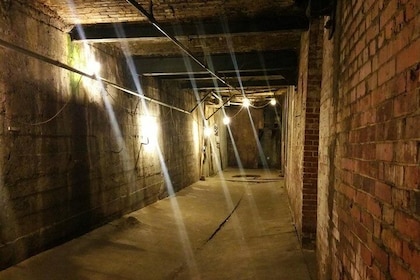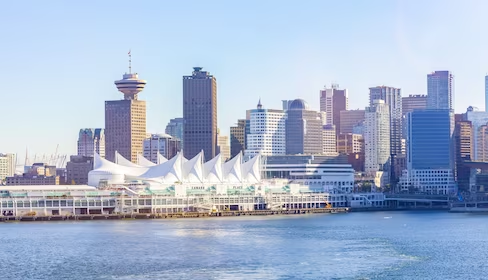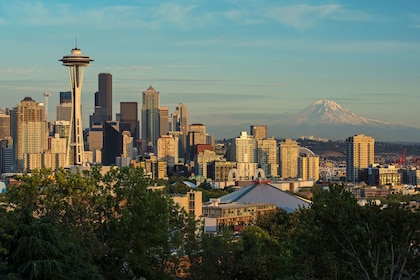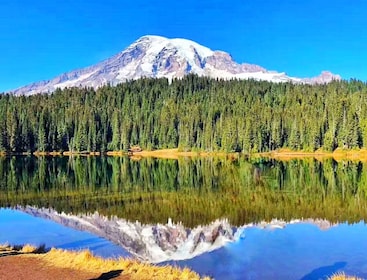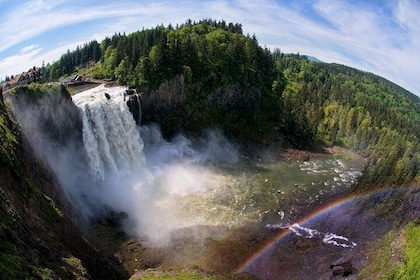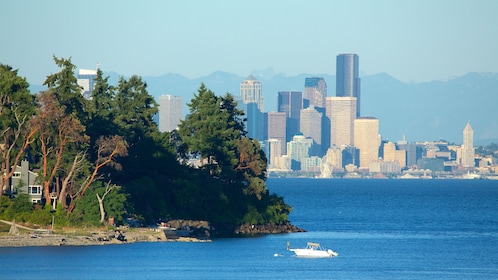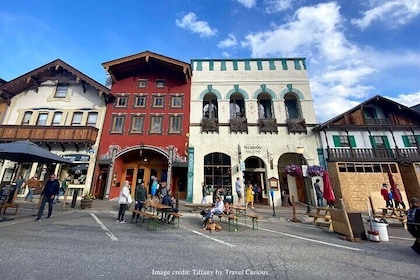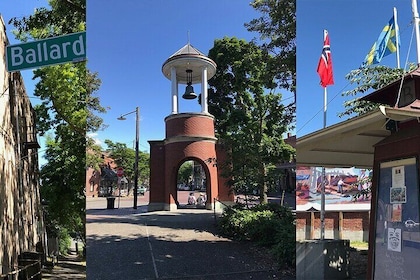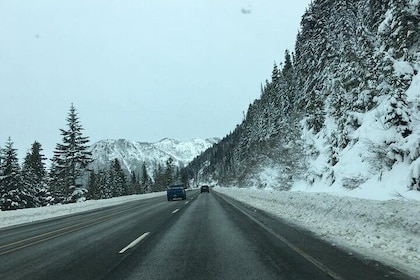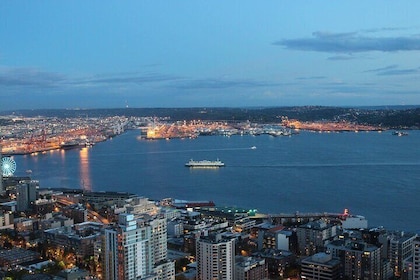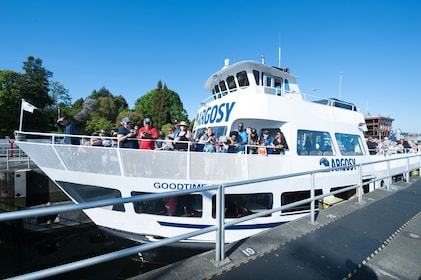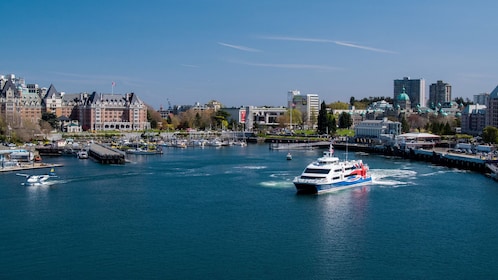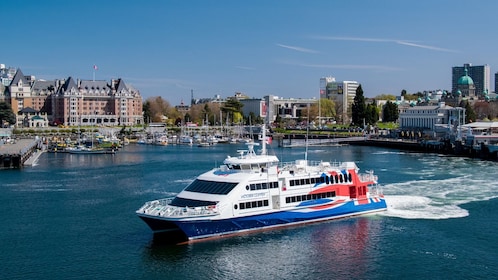Parque Gas Works: Tours y Actividades
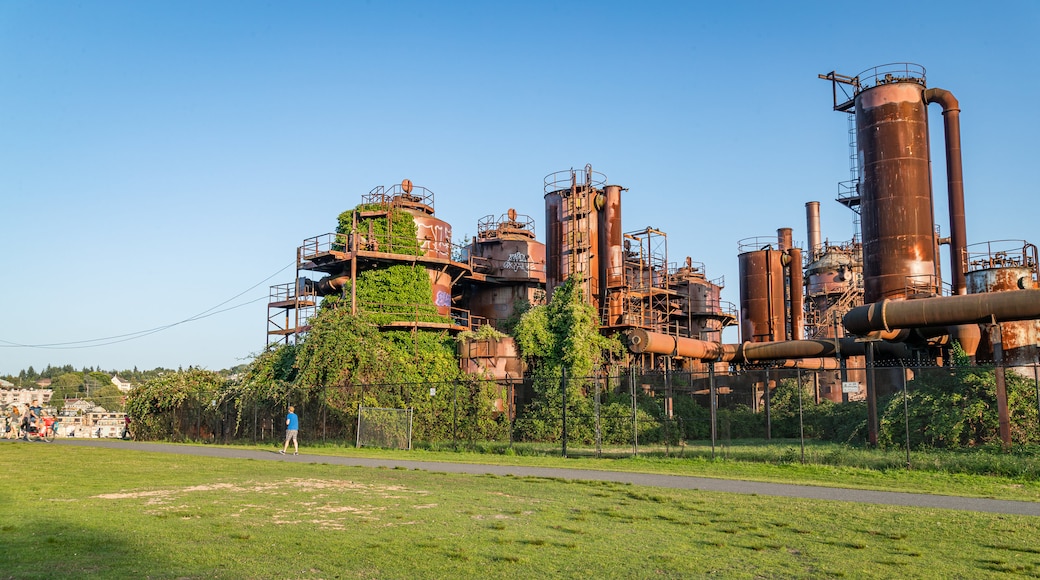



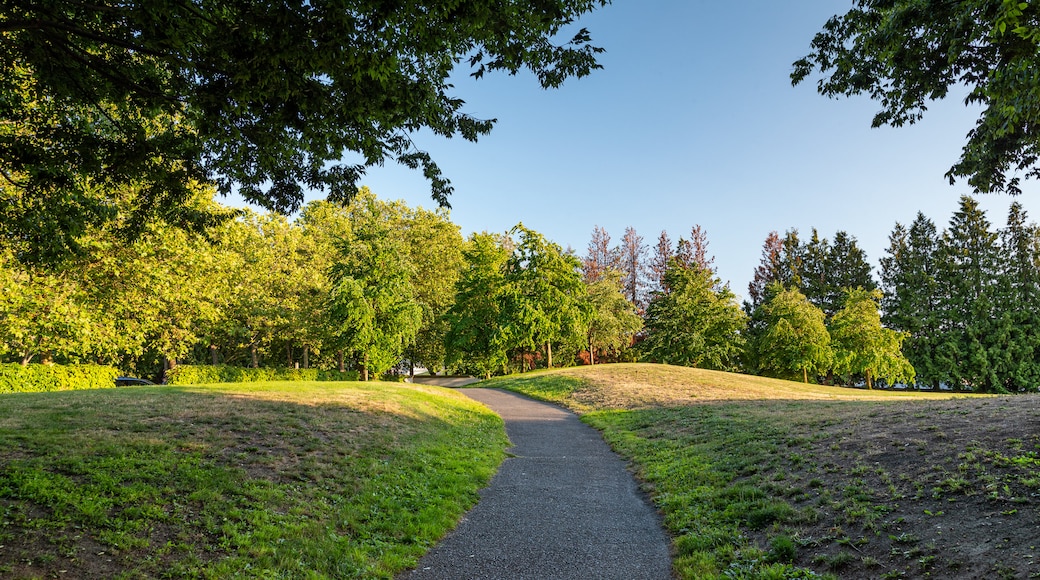
Visita Parque Gas Works
Haz planes y viaja a Parque Gas Works

Comfort Inn & Suites Sea-Tac Airport
Enviada el 19 jul. 2025


Emerald Queen Hotel and Casino - Tacoma
Enviada el 31 may. 2025
Tours y excursiones de un día
Ver las 128 actividades
Tour de día completo del Monte Rainier
Alimentos, bebidas y vida nocturna
Ver las 32 actividades
Torre Smith: boleto de acceso al observatorio
Tours privados y personalizados
Ver las 30 actividades
Tour personalizado al Monte Rainier desde Seattle
Aventura y actividades al aire libre
Ver las 23 actividades
Desde Seattle/Kirkland/Bellevue: tour exclusivo de Leavenworth
Tours acuáticos y cruceros
Ver las 6 actividades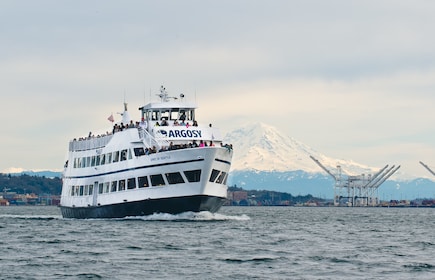
Crucero por el puerto de Elliott Bay y Seattle Skyline
Sitios más populares para visitar
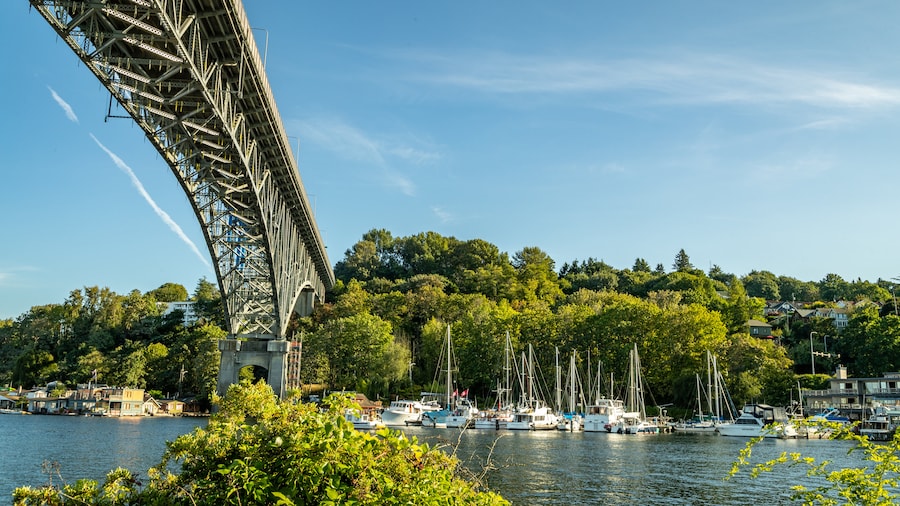
Lago Union
Cuando viajes a Seattle, haz tiempo para disfrutar de la naturaleza en Lago Union. En esta zona que irradia encanto urbano por todas partes, aprovecha para acercarte a su ambiente artístico y divertirte con sus opciones de entretenimiento.

Cervecería Fremont
Haz tiempo para visitar Cervecería Fremont cuando viajes a Seattle. En esta zona perfecta para recorrer a pie, aprovecha para acercarte a su ambiente artístico y asistir a sus concurridos festivales.
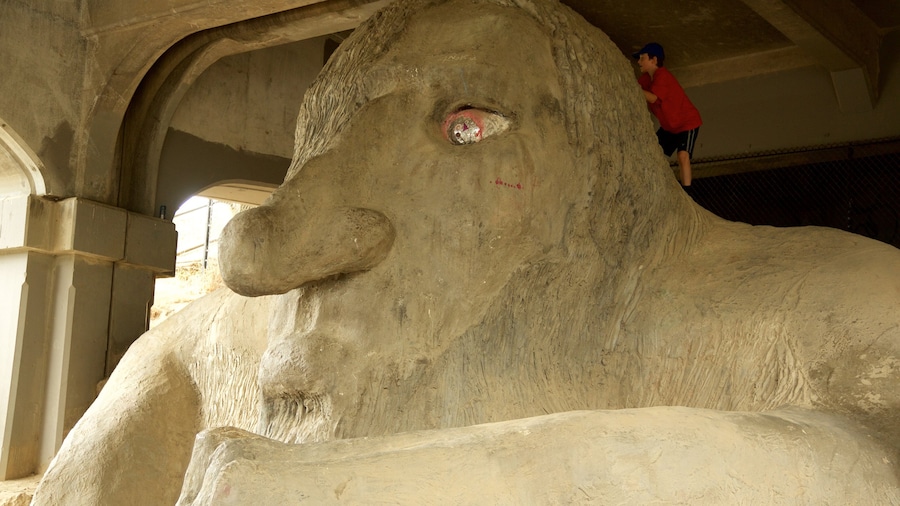
Fremont Troll (escultura)
Camina bajo la entrada de un puente muy transitado para descubrir al monstruo de piedra que acecha en este lugar. Esta famosa pieza de arte público fue una elección de la comunidad local.

Parque Roanoke
Una vez que visites Parque Roanoke, guarda tiempo para conocer más atracciones de Seattle. En esta zona perfecta para recorrer a pie, podrás divertirte con sus opciones de entretenimiento y visitar las tiendas.
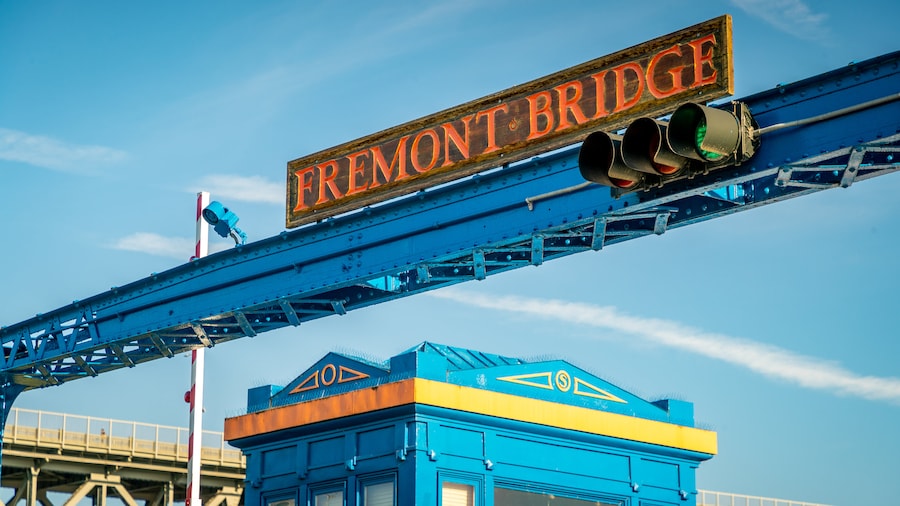
Puente Fremont
Cruza un emblemático puente levadizo que conecta dos de los barrios más geniales de Seattle. Disfruta la vista del canal desde esta estructura histórica.

Guidepost
Aprende sobre la historia de Seattle cuando visites Guidepost. En esta zona que irradia encanto urbano por todas partes, podrás asistir a sus concurridos festivales y visitar las tiendas.
Ofertas para los mejores hoteles
Consulta disponibilidad de hoteles cerca de Parque Gas Works

Mayflower Park Hotel

Hyatt Regency Seattle

Fairmont Olympic Hotel

Mediterranean Inn

Staybridge Suites Seattle - Fremont by IHG

Newly Remodeled Unit in the Heart of Seattle - Eastlake

The Belltown Inn

Hotel Hotel Hostel

Staypineapple, The Maxwell Hotel, Seattle Center Seattle
Explora el mundo con Expedia
- Hoteles cerca de Iglesia y universidad del templo unido metodista
- Apartamentos en Estación de metro de Fairview Campus Dr
- Hoteles cerca de University of Washington
- Hoteles cerca de Lago Union
- Hoteles 4 estrellas en Wallingford
- Hoteles en Wallingford
- Cabañas en Seattle
- Hoteles baratos en Seattle
- Hoteles en Seattle
- Hoteles cerca de Lake View Cemetery - Tumba de Bruce Lee
- Hoteles de lujo en Fremont
- Hoteles históricos en Fremont
- Hoteles baratos en Fremont
- Kimpton Hotels en Fremont
- Hoteles en Eastlake
- Hoteles cerca de Biblioteca Suzzallo
- Apart-Hoteles en Queen Anne
- Hoteles de lujo en Queen Anne
- Hoteles baratos en Queen Anne
- Hoteles boutique en Queen Anne
- Hoteles con alberca en Queen Anne
- Hoteles con sauna en Queen Anne
- Hoteles en Queen Anne
- Hoteles cerca de Parque Boren
- Hoteles cerca de Teatro Neptune
- Hoteles de golf en South Lake Union
- Hoteles con spa en South Lake Union
- Hoteles de ski en South Lake Union
- Hoteles en la playa en South Lake Union
- Hoteles con alberca en South Lake Union
- Hoteles con restaurante en South Lake Union
- Hoteles cerca de viñedos en South Lake Union
- Hoteles en South Lake Union
- Hoteles cerca de Plaza Roja
- Casas flotantes en Estación de metro de Lake Union Park
- Casas flotantes en Estación de metro de University of Washington
- Vuelos a Seattle
- Vuelos de Atlanta (ATL) a Seattle (LKE)
- Vuelos de Chattanooga (CHA) a Seattle (LKE)
- Vuelos de Charleston (CHS) a Seattle (LKE)
- Vuelos de Dallas (DFW) a Seattle (LKE)
- Vuelos de El Paso (ELP) a Seattle (LKE)
- Vuelos de Fort Lauderdale (FLL) a Seattle (LKE)
- Vuelos de Los Ángeles (LAX) a Seattle (LKE)
- Vuelos de Minneapolis (MSP) a Seattle (LKE)
- Vuelos de Nueva Orleans (MSY) a Seattle (LKE)
- Vuelos de Moses Lake (MWH) a Seattle (LKE)
- Vuelos de Norfolk (ORF) a Seattle (LKE)
- Vuelos de Phoenix (PHX) a Seattle (LKE)
- Vuelos de Panamá (PTY) a Seattle (LKE)
- Vuelos de Todos los aeropuertos Los Ángeles (QLA) a Seattle (LKE)
- Vuelos de Raleigh (RDU) a Seattle (LKE)
- Vuelos de Reno (RNO) a Seattle (LKE)
- Vuelos de Fort Walton Beach (VPS) a Seattle (LKE)
- Vuelos de Vancouver (YVR) a Seattle (LKE)
- Vuelos de Victoria (YWH) a Seattle (LKE)
- Vuelos de Calgary (YYC) a Seattle (LKE)
- Centro Médico de la Universidad de Washington
- Zoológico Woodland Park
- Puente Fremont
- Centro de Seattle
- Lago Union
- Fremont Troll
- Centro comercial University Village
- Vacaciones en Seattle
- Visita Seattle
- Cadena de cines Sundance
- Lake View Cemetery - Tumba de Bruce Lee
- Museo de Cultura Pop
- Visita Capitol Hill
- Visita Fremont
- Visita University District
- Museo The Center for Wooden Boats
- Museo Pacific Science Center
- Sala de cine SIFF Cinema Uptown
- Fábrica de chocolates Theo Chocolate Factory
- Centro de pequeñas embarcaciones de Green Lake
- Museo de la Historia y la Industria
- Vacaciones en Index
- Visita Queen Anne
- Amazon Corporate Headquarters
- Estatua de Jimi Hendrix
- Museo Chihuly Garden and Glass
- Jardín de hierbas medicinales de la Universidad de Washington
- Visita South Lake Union
- Centro de visitantes de la Fundación Bill y Melinda Gates
- Science Fiction Museum and Hall of Fame
- Plaza Roja
- Estatua de Lenin
- Parque Kerry
- Space Needle
- Primera Iglesia Metodista Unida
- Centro de Investigación del Cáncer Fred Hutchinson
